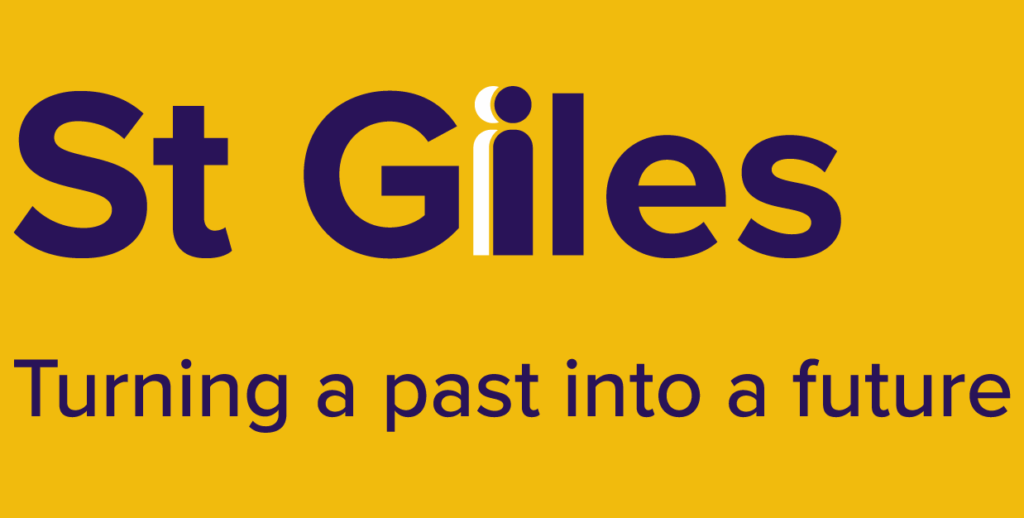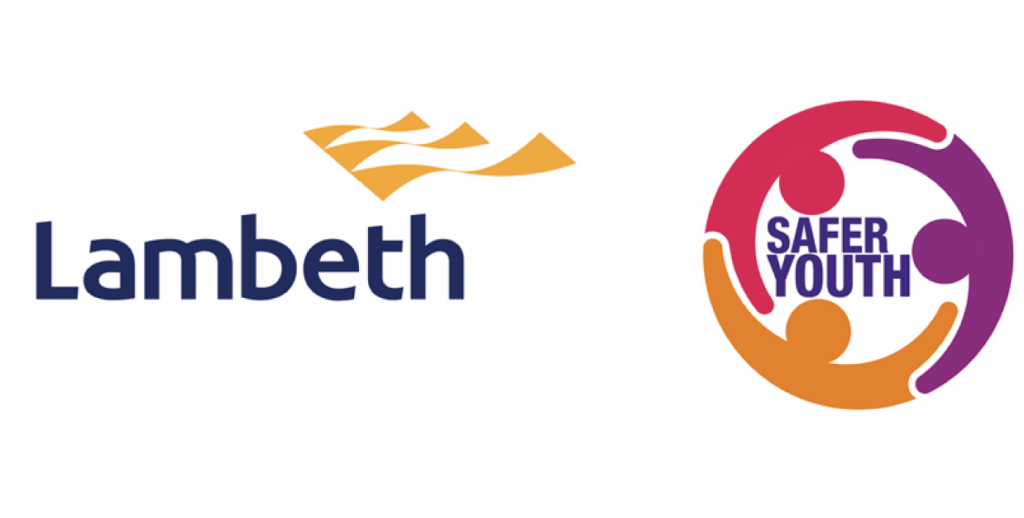Safeguarding Children & Young People from Harm Outside of the Home
How are young people harmed outside the home?
Child Sexual Exploitation
What is Child Sexual Exploitation?
Types of Child Sexual Exploitation (CSE)
Child Criminal Exploitation
What is child criminal exploitation?
Criminal exploitation in Lambeth
In Lambeth, our children are most vulnerable to being exploited to commit crimes that involve carrying, transporting or selling illegal drugs.
This can happen in Lambeth and can also include county lines, when children are used to transport drugs to smaller towns outside of London. Children are expected to fulfil orders for drugs placed through a phone line controlled by those exploiting the young person. In these situations, children are often in danger from violence and may spend days in unsafe locations, including ‘cuckooed’, or home invaded, properties.
Cuckooing is a practice where people take over a person’s home and use the property to facilitate exploitation. It takes the name from cuckoos who take over the nests of other birds.
Serious Violence
How does serious violence affect young people in Lambeth?
Young people in Lambeth suffer violence far more than most boroughs. The burden of this injustice falls unequally on our Black communities and affects far more Black children and young people than other groups. This violence ruins the lives of young people and their families.
This disproportionality can be seen across London too, where in 2020-21:
- Young Black Londoners were 3.1 times more likely than young White Londoners to be a victim of knife crime and young Black males 3.4 times more likely than young White males to be a victim of knife crime.
- For homicide, young Black Londoners were 5.2 times more likely than young White Londoners to be a victim and young Black males 6.0 times more likely than young White males to be a victim.
How are we working together to tackle serious violence?
Partners in Lambeth have committed to making Lambeth one of the safest places for children and young people to grow up. Launched in 2020, the Lambeth Made Safer for Young People strategy sets out a 10-year plan to achieve this.
Harmful Sexual Behaviour
What is HSB?
Possible Indicators of HSB
HSB Forum - what is it?
HSB Forum - make a referral
Peer-on-Peer Abuse
What is peer-on-peer abuse?
- Bullying (including online bullying and bullying because of someone’s race, religion, sexuality, disability or trans status)
- Abuse by a child's girlfriend, boyfriend or partner
- Physical abuse sexual violence, such as rape and sexual assault sexual harassment
- Sharing naked or semi-naked photos or videos without permission
- Upskirting
- Initiation/hazing type violence and rituals to harass, abuse and humiliate
- Emotional abuse
- Financial abuse
- Coercive control
Spotting the Signs
Responding to Contextual Harm
01. Build an effective relationship with the young person
- Make time to really listen to really the young person. They are the expert of their experience
- Find a way to connect – from food, to sports or music
- Build trust. Be transparent about your concerns and your work. Do what you say you will. Avoid overpromising.
02. Every interaction is an intervention: be trauma-informed
- Prioritise physical, psychological and emotional safety. Ask what someone needs to feel safe.
- Those who have experienced trauma may feel powerless to control what happens to them. Work to empower them.
- Reflect on own experiences & biases & how systems & processes can perpetuate oppression. Recognise & address power dynamics.
03. We do not blame children for their own abuse. Use language that reflects this
- When talking about young people & exploitation, language matters. It can be the difference between a child being properly safeguarded or put at further risk of exploitation.
- Download the Children’s Society Language Toolkit.
04. Work together to identify & assess risk & strengths
- Use the Levels of Need guidance to identify needs
- If not open to Social Care, make a referral
- Complete an eco-map with the young person to map the contexts they spend time in, as well as their relationships
- Use the Exploitation Risk Matrix to analyse risks
05. Work with partners to make locations & peer groups safer
- Use the Traffic Light Tool to explore safe & unsafe locations with young people
- To safeguard young people outside of the home, we need to create safety in the locations young people spend time in. If you identify a location or group of concern, email [email protected]
06. Create a Safety Plan with the young person, their family, and other professionals
- Use the Safety Plan template to support a young person to reflect on situations they may feel unsafe in. How do they know they feel unsafe? What are the physical signs?
- There are several practical steps that families, young people, and professionals can take to safety plan. Use this helpful parent/carer leaflet.
07. Ensure there is a plan to disrupt any exploitation
- Use the Home Office’s disruption toolkit to explore the tools and tactics you can use with partners to disrupt exploitation.
- For specialist advice for a young person, please email Colin Newman, Lambeth’s Exploitation Disruption Manager
08. Find the right service, at the right time
- Lambeth is fortunate to have a diverse range of services and interventions to support young people at risk of contextual harm. Check out the service directory below.
09. Explore creative solutions - and get help when needed
- Call a Professionals’ meeting for young adults or a Strategy meeting for a child to agree a multiagency plan
- Refer to the Contextual Safeguarding Service for support. Use this form to refer to Lambeth’s Multiagency Violence & Exploitation (MAVE) panel to escalate concerns
- Refer to the Harmful Sexual Behaviour Forum, or Young People Who Harm Others Forum for clinical input (details coming soon)
Video Learning
Learn More About Child Exploitation
Resources & Toolkits

Levels of Need Guidance
Read More
Use the Levels of Need guidance to help you identify and assess safeguarding needs – and access the right help at the right time.

Exploitation Risk Matrix
Read More
Use the Lambeth Child Exploitation Risk Matrix to help identify and clarify concerns and actions.
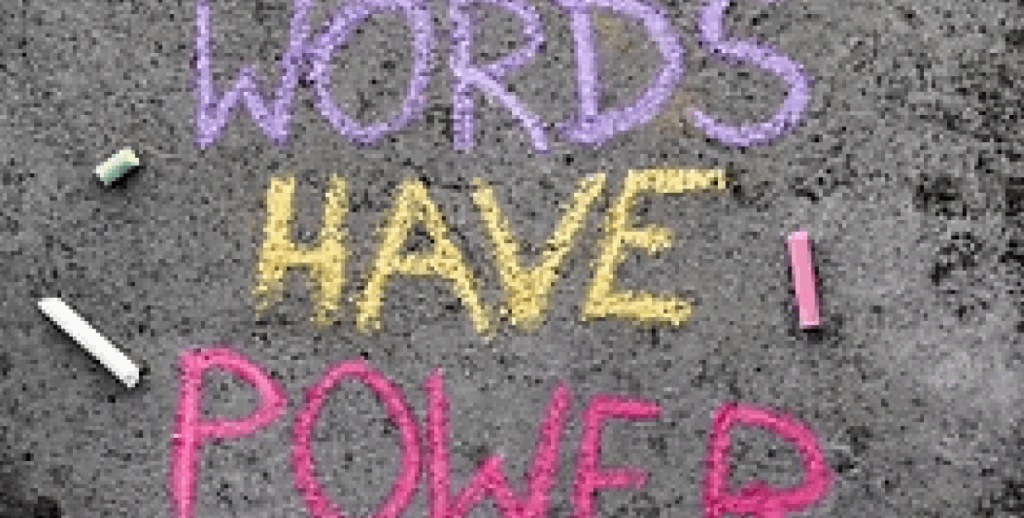
Language Toolkit
Read More
Use language that recognises that young people at risk of exploitation are victims and survivors of exploitation, and not complicit in their own abuse. Download this guide produced by the Children’s Society.

Traffic Light Tool
Read More
The traffic light tool helps young people reflect on and share which locations they feel safe in – and which they don’t. Use the tool to encourage conversations about why they feel less safe in some locations. Consider how you can work with partners to create safety in those spaces.

Ecomap Tool
Read More
Unlike genograms which are very structured and show the make-up of a young person’s family, ecomaps are a visual means of a young person showing who is in their network (be that family, friends, neighbours, school staff) and what sort of relationships they have with them. Developing an ecomap with a child or young person can identify the context in which they live, who they feel aligned to, or if they are isolated in certain areas.
Top Tips
- Always use a large sheet of paper and ensure that the child / young person is in the centre of the paper.
- Use cut out shapes which can be moved around as needed before the final version is stuck down.
- The strength of relationships can be illustrated however the young person feels they want to do it. It is however important that there is a key so that the ecomap can be understood.
- Date the ecomap – things change!
- Use colour & encourage the young person’s creativity & ownership of the document.

Safety Plan
Read More
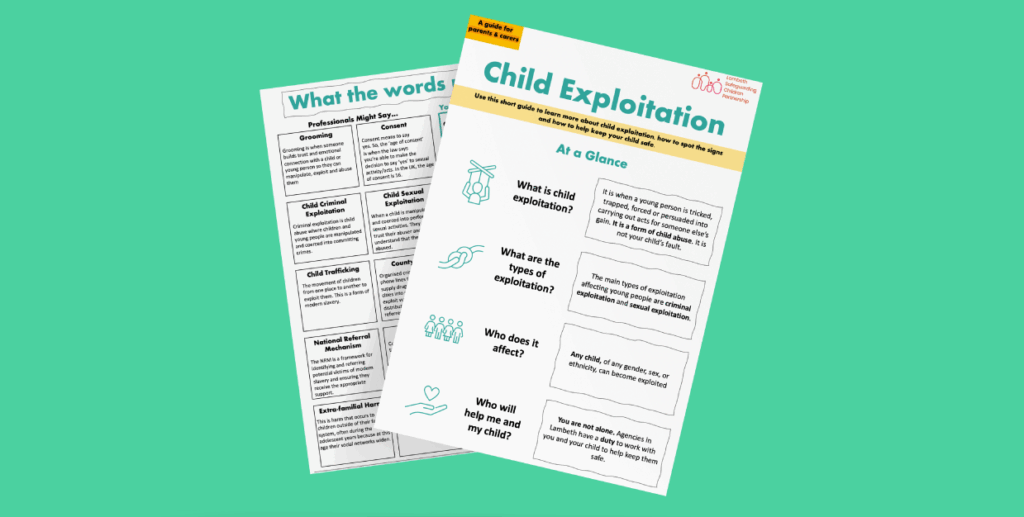
Parent & Carer Leaflet
Read More
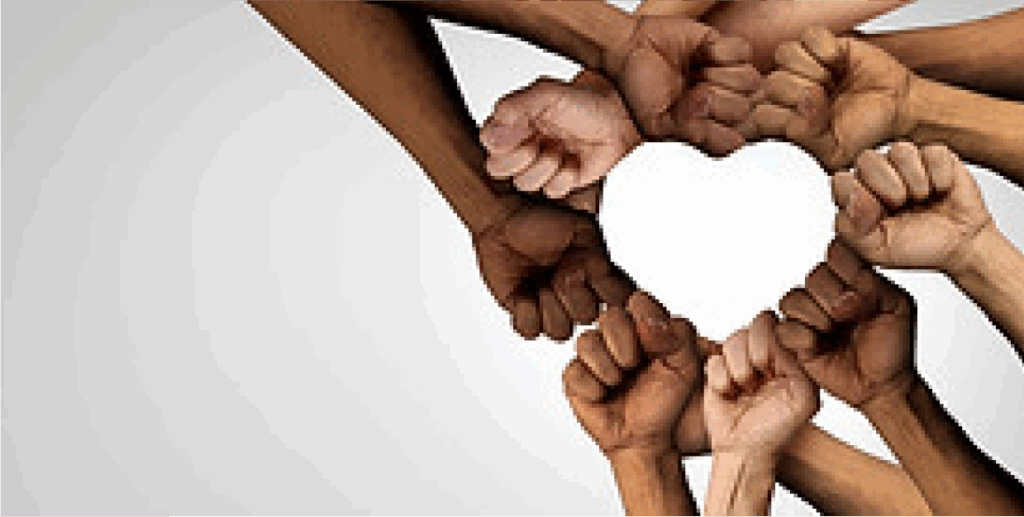
Experiences of Black Boys
Read More

County Lines Guidance
Read More

County Lines Toolkit
Read More

Be Culturally Informed
Read More











